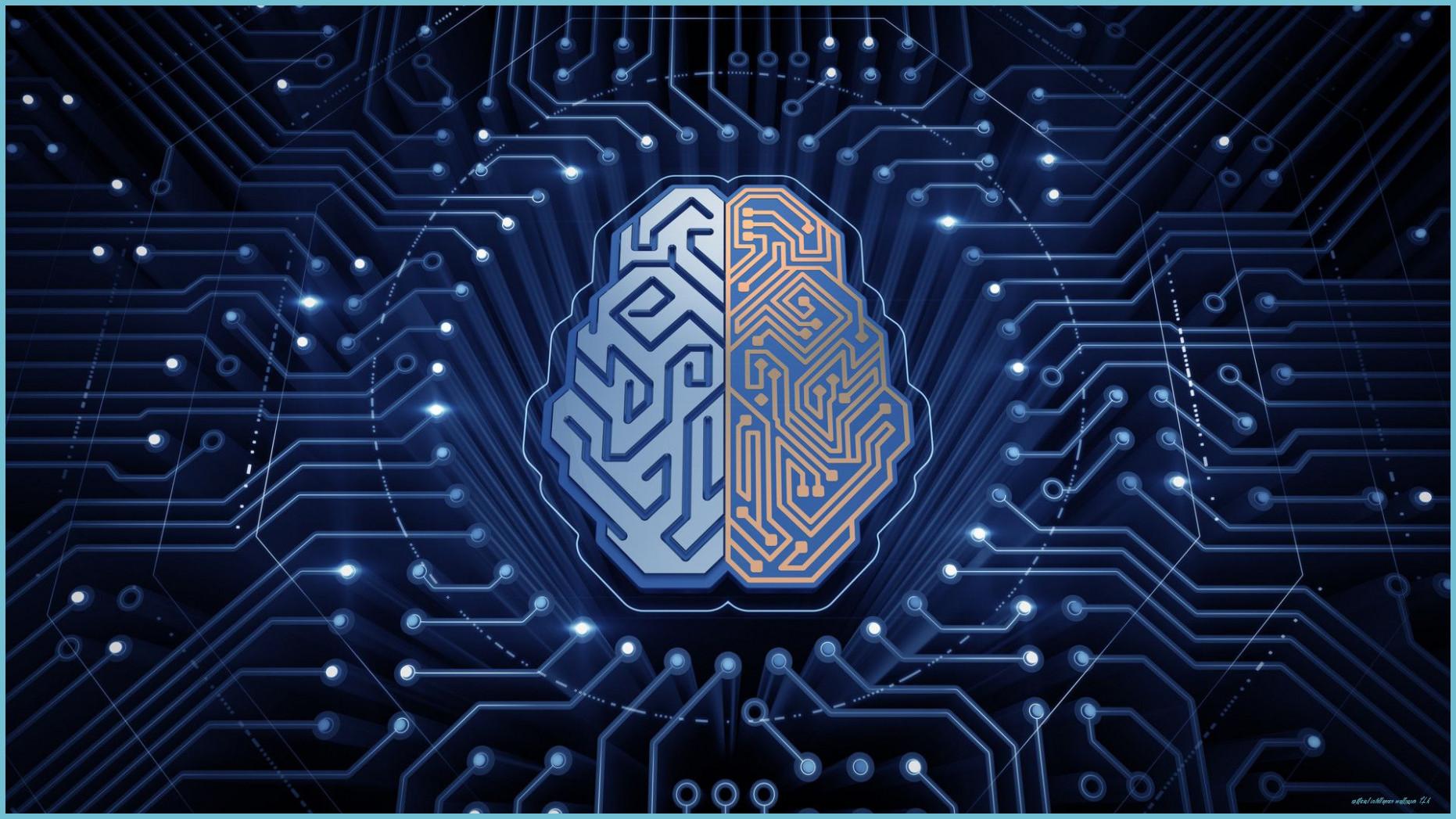BleBox Project
Summary
Blebox aims to revolutionize the retail industry by integrating blockchain technology, IoT, AI/ML and smart contracts into a comprehensive autonomous solution. Blebox aims to provide transparency, efficiency, and enhanced user experience for all stakeholders that will make Blebox a game-changer in Retail Industry.
Introduction
The retail industry, while vast and diverse, faces challenges in inventory management, dynamic pricing, fraud detection, and customer personalization. Blebox, built on the Cardano blockchain, seeks to address these challenges by leveraging the power of decentralization, smart contracts, and AI-driven insights.











